Giving matter.js a new home

Welcome to the November edition of the Open Home Foundation newsletter, the place to learn about the latest and greatest things for your smart home that improve its privacy, choice, and sustainability.
The Open Home newsletter is written by Paulus Schoutsen - President of the Open Home Foundation, and founder of Home Assistant. Was this email forwarded to you? Subscribe here!
If you read the Open Home Foundation newsletter, you’ve probably noticed we talk about Matter a lot. From Home Assistant becoming certified to our thoughts on its future, we believe Matter is changing the trajectory of the smart home industry for the better. It prevents people from getting locked into walled gardens and lets them control devices locally without the cloud. We are also huge fans of the standard’s use of open source, as it lets the wider world see the inner workings of Matter. As Matter began with open source at its core, it’s no surprise that a wealth of cool open source projects have sprung up around it, one of which we’re bringing on board.
Today, we’re announcing that matter.js is joining the Open Home Foundation 🎉. It was donated to us by its main developer, Ingo Fischer (@Apollon77). This TypeScript-based project already has class-leading capabilities, and is even mentioned in the Matter handbook as an alternative SDK 😎. It’s also used by multiple companies in their certified products. The Connectivity Standards Alliance, the organization that runs Matter, even hosted this community project on Matter’s own GitHub, which was a big vote of confidence, helping drive its growth. There is now an opportunity for matter.js to join the foundation, helping continue its growth, and put in the extra work to make it possible.
Bigger home, bigger family
Ingo didn’t just donate matter.js to the foundation… he now works for the foundation 🥳! Like many of our projects, we’ve helped turn this hobby project into something the creator can support full-time. Also, having a new dedicated expert on our team allows the foundation, as a participant member of the Alliance, to play a more active role in shaping the Matter standard. As an aside, if you want to see more open source developers gain the freedom to work on their passion full-time, consider subscribing to Home Assistant Cloud.
Bringing Ingo on board isn’t the only benefit of joining the foundation; we have a lot of in-house expertise in running complex, large, open source projects (including one of the top projects in the world). We also have a thriving community who are passionate about developing the Open Home. There is already an amazing community of developers contributing to matter.js, and their work has been invaluable in making it what it is today. It’s great that the Alliance understands how projects like this lower the barriers to building with Matter, and we can’t thank them enough for all their help.
Wait, aren’t you already certified?
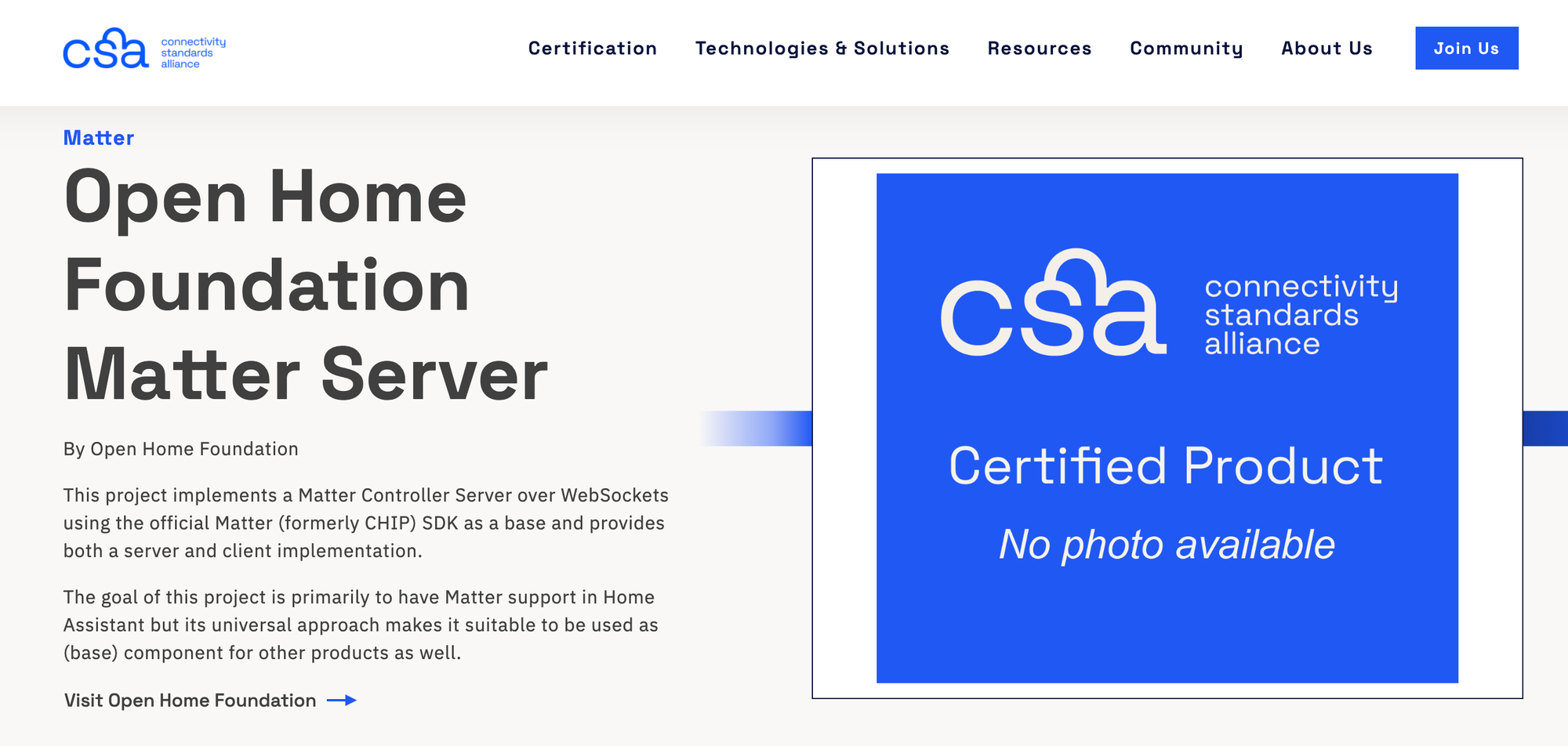
You might ask, “What about that certified Matter server you already built?”. Well, that’s not going anywhere, but there will be some changes under the hood. This server is the backbone of what makes Matter so great on Home Assistant, but for some time, we knew our initial approach was less than ideal. We chose to base it on the Matter SDK, which is not optimized to be a controller and written in C++, a language less suited for rapid open source development at scale. We intend to move the Open Home Foundation Matter Server to use matter.js and to re-certify this updated server.
These two projects are pretty different, and thank goodness we have an expert like Ingo on the team. As matter.js is based on TypeScript, it is more approachable for new developers, and moving away from the SDK gives us greater flexibility. Once we’ve migrated to matter.js you should see our Matter development capacity increase in size, scope, and speed. It’s a long-term plan that we’re working to make seamless for users, so watch this space!
Just like before with our Open Home Foundation Matter Server, you can’t copy and paste matter.js into your project and magically gain Matter certification, or the ability to use the Connectivity Standards Alliance trademarks. Matter certification is granted only through the Alliance’s official program. Certification is something much more involved (trust us, we know), and these projects are here to help you explore the world of Matter development. They’re a massive leg-up if you’re looking to implement Matter, but there are still a lot of other things required to use the word Matter on your project.
Upgrade your Zigbee and Thread setups

On the topic of open standards, our hardware line designed to connect these standards directly to Home Assistant in a seamless and simple way just keeps growing. In the summer, we released our Connect ZWA-2, which is the ultimate way to connect Z-Wave smart home devices. It optimized everything for maximum range and stability, all while being fully open source. Now it’s Zigbee and Thread’s turn to be turned up to 11 🎛️.
Home Assistant Connect ZBT-2 is again an engineering marvel made by our commercial partner Nabu Casa. You may remember our first-generation Connect ZBT-1 “stick” that connected Zigbee, Thread, or Matter devices; well, this is an upgrade in nearly every way (read the full blog for all the technical details). This next generation brings a fully optimized antenna, new chips, and an even easier setup. Our second-generation platform is also about being open and easy to tinker with, and the software it ships with is just the start. This device includes the same ESP32-S3 chip that allowed us to add new features to Connect ZWA-2, so expect updates and experimental firmwares that enable all sorts of new functionality.
Pick up a Connect ZBT-2, and start getting the most out of your Zigbee, Thread, or Matter devices today!

Meetups
Our community have some meetups coming up, so always check our Luma calendar to see if there’s something in your area. If you live around Strasbourg, Hasselt, or Köln/Hürth sign up now! If you’re interested in setting up your own event, learn more here.
This month in the news
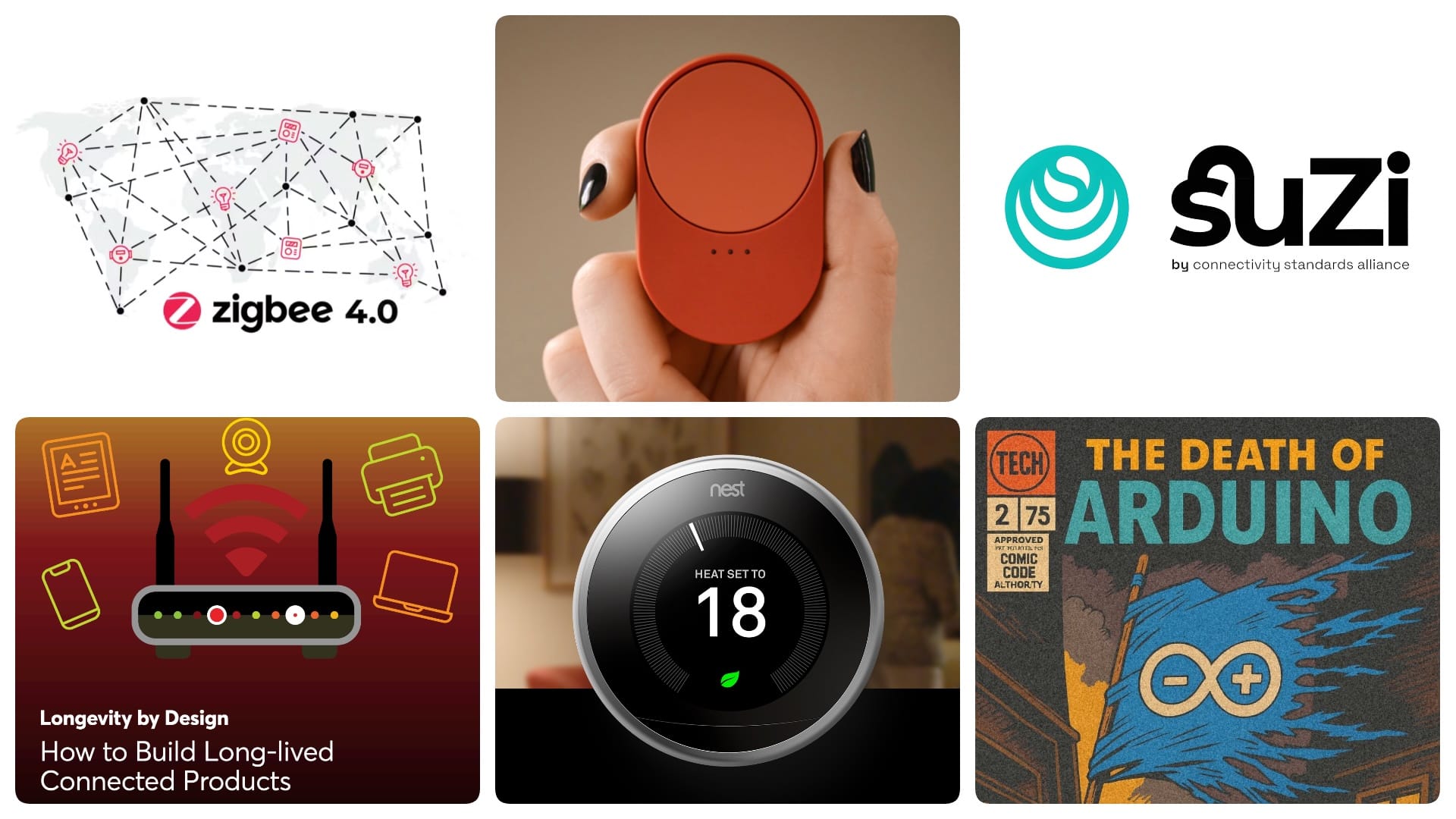
Zigbee gets a version bump
Zigbee has been on version 3.0 since 2014, and in an incredible coincidence, the day before we made our big Zigbee hardware announcement, they announced Zigbee 4.0! It seems we’re on the same wavelength as the Connectivity Standards Alliance (excuse the radio pun), both looking to breathe new life into this more than 20-year-old standard loved by hundreds of thousands of our users.
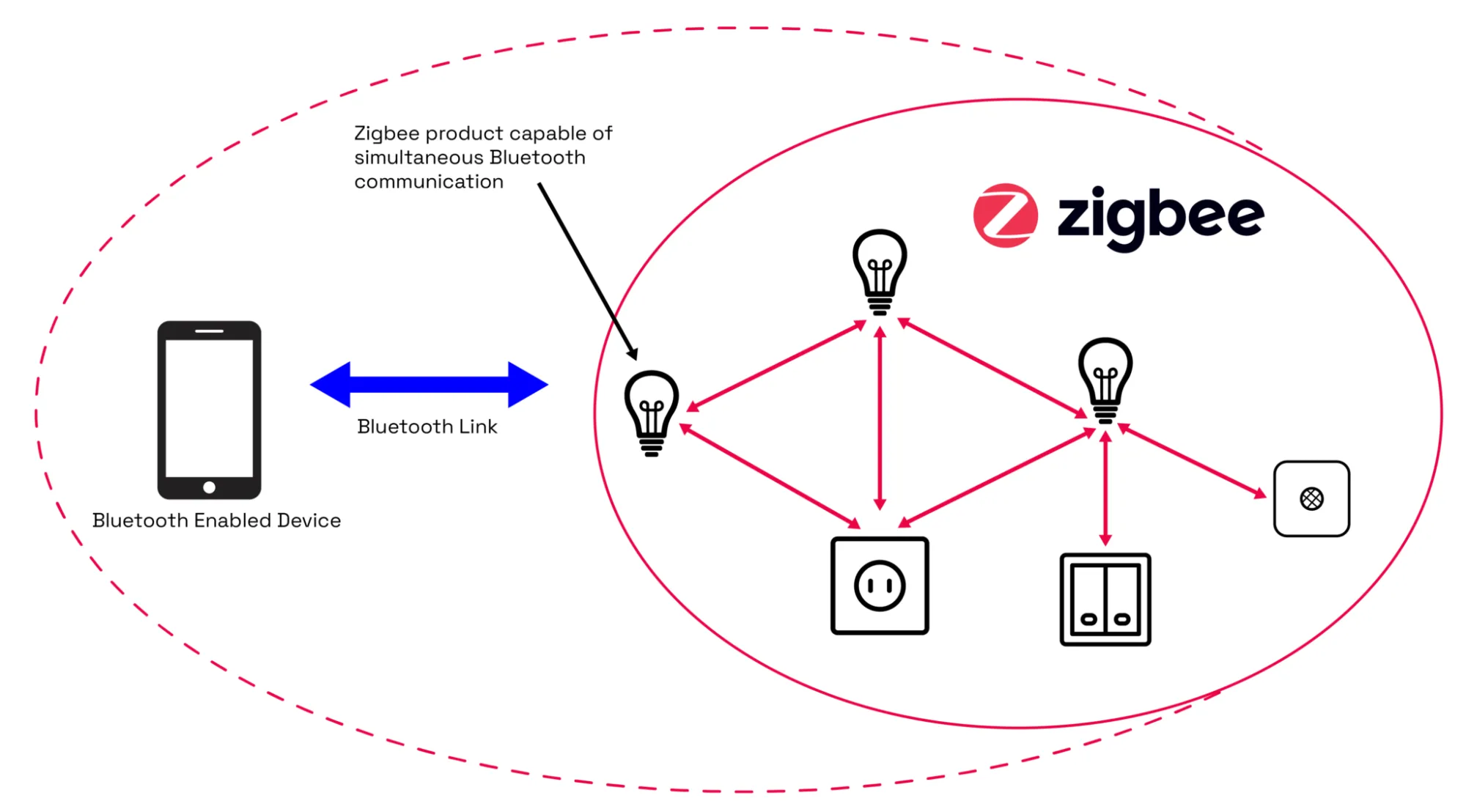
We’re now working to add support for Zigbee 4.0 on our Connect ZBT-2 – luckily, we have some time as devices are likely a way off. Also, Zigbee 4.0 devices will be fully backward compatible, so even if your setup isn’t capable of upgrading, you won’t be left behind. The headline features of Zigbee 4.0 include: simplified device certification, control of devices without a hub over BLE, and batch commissioning, along with multiple battery-life, performance, and security improvements.
Suzi goes long
The big announcement that has everyone talking is Suzi, a new Sub-GHz open standard built using Zigbee tech, which should help devices communicate over longer distances (very similar to the tech that makes Z-Wave great). It’ll be interesting to see if consumer products adopt Suzi, as adding Zigbee 4.0 (without Suzi) will be as easy as a firmware update for some devices, but Suzi will take some new tech.
Recently, we’ve seen a lot of big brands move from Zigbee to Matter devices that use Thread. Just this month, IKEA appears to have discontinued most of their Zigbee lineup and replaced it with some very slick-looking Matter devices. Either way, it’s really cool tech, and we love to see open standards trying new things and bringing more variety to the smart home.
Products don’t need to die young
I’ve seen too many products get killed before their time, and, as this newsletter reports every month, in most cases, it’s just poor planning on the manufacturer’s part. Consumer Reports have covered this very subject, and I have to thank them and Stacey Higginbotham for their excellent reporting that’s raising awareness of this important topic. They have several recommendations that should be required reading for the whole smart tech industry. Specifically, they want to see Longevity by Design principles, which include establishing and disclosing a Minimum Supported Life (MSL), and designing products to be functional without cloud lock-in.
The company with probably the longest list of prematurely killed products is Google, and their most recent blunder proves these devices are still capable, but it's Google's choice to make them zombie products 🧟. Security researcher Cody Kociemba has discovered that Google continues to collect sensor and usage data from the recently discontinued first and second-generation Nest Learning Thermostats, despite officially turning off all smart functionality last month. In an official statement, Google have recommended users disconnect them from Wi-Fi if they don’t want their data harvested in return for no functionality 🫠.
Arduino is closing the door on open source

When wireless tech giant Qualcomm announced it was acquiring Italian open source electronics company Arduino in October this year, a few eyebrows were raised. While many may not have seen this takeover coming, the results have been depressingly predictable. At the time of acquisition, Qualcomm claimed the move would “empower businesses, students, entrepreneurs, tech professionals, educators and enthusiasts to quickly and easily bring ideas to life”. But as highlighted by Adafruit, there have been recent radical rewrites of Arduino’s Terms and Conditions and Privacy Policy, which seem to say the opposite. These new rules signal a sharp shift towards corporate control, data harvesting, and – alarmingly for open-source advocates – forbidding users from reverse-engineering the platform without permission. Qualcomm is trying to back-pedal now, saying “Anything that was open, stays open”, but I think we’re more worried about what will be open in the future...
2025.11: Pick, automate, and a slice of pie
In case you missed the party, we released Home Assistant 2025.11 on November 5, with some smart refinements to help make your life easier. Our top pick is, well, the new target picker – along with automation editor enhancements and a pie chart view for your energy dashboard that makes tracking your usage as easy as, well, pie.

Community highlights
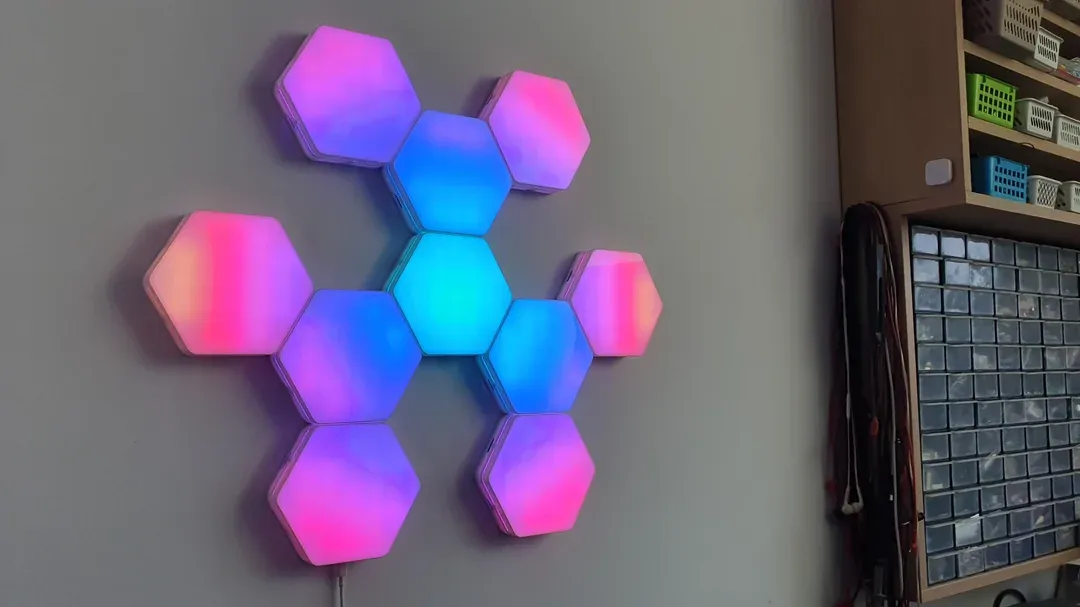
@Sokolsok has made a DIY and fully open source version of every streamer’s favorite smart light. If you check out the full write-up, he has thought of everything, even a cool web applet that makes ESPHome configs.
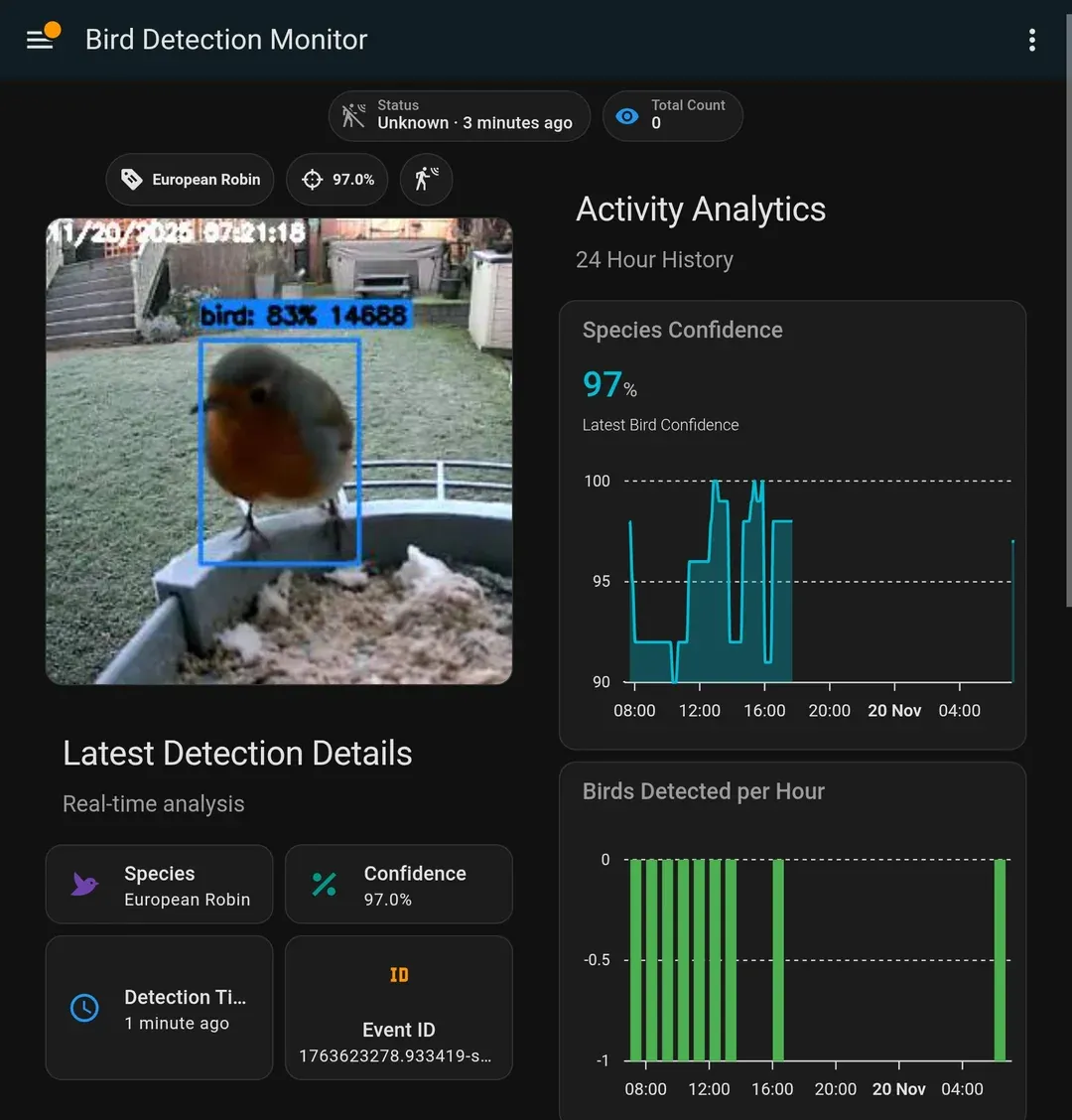
Fans of tinkering and twitching should check out @ByzantiumIT's great walkthrough of how to build an open source-powered birdwatching AI. It’s all local AI and even ties into Home Assistant to help calculate BPH (birds per hour).

@SamJMGoss has connected his electronic chess board to his smart home, so that when he wins a game, his robot vacuum brings him a celebratory beer 🍻.
Enjoy this newsletter?
Support the Open Home Foundation, subscribe to Home Assistant Cloud
Forward to a friend, sharing is caring.
Anything else? Hit reply to send us feedback or say hello. We read everything!
|









